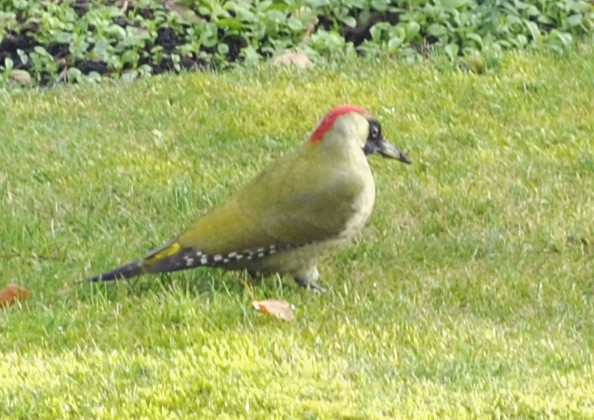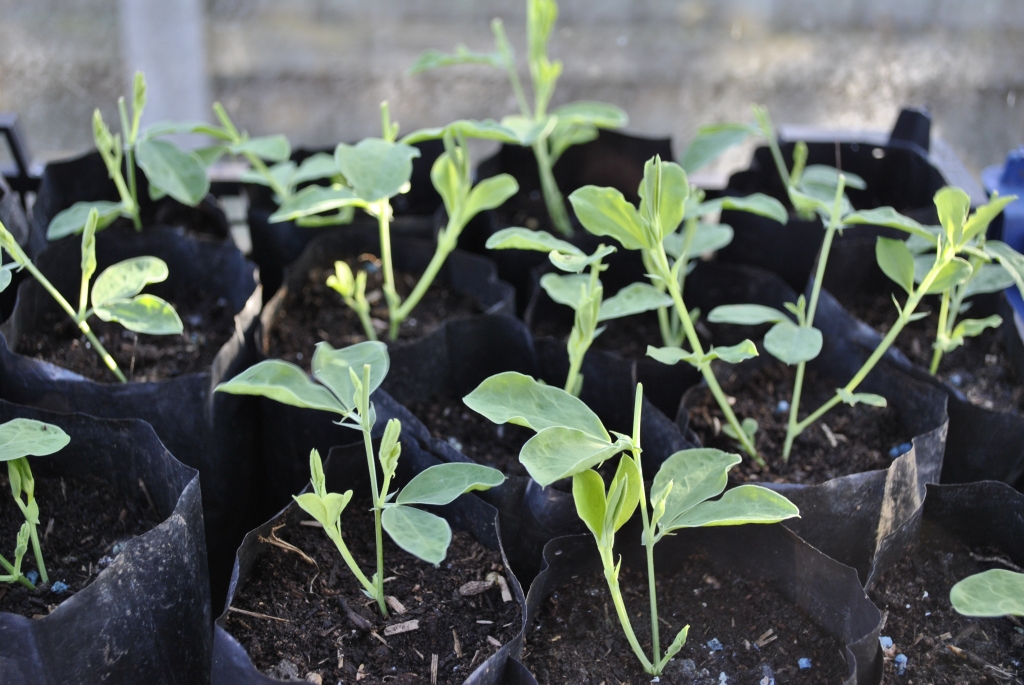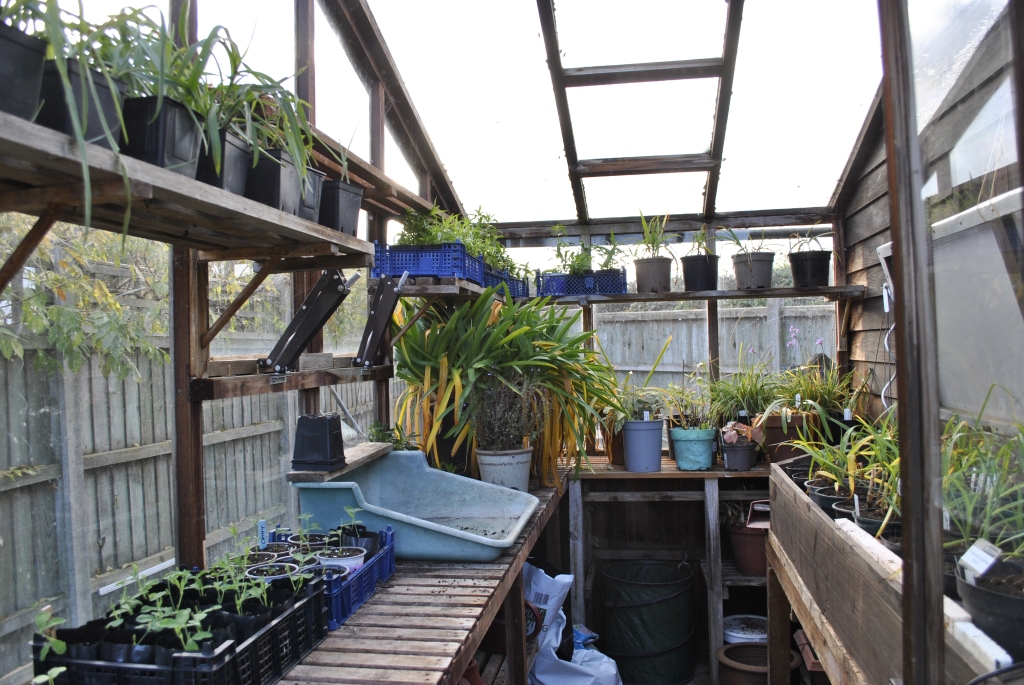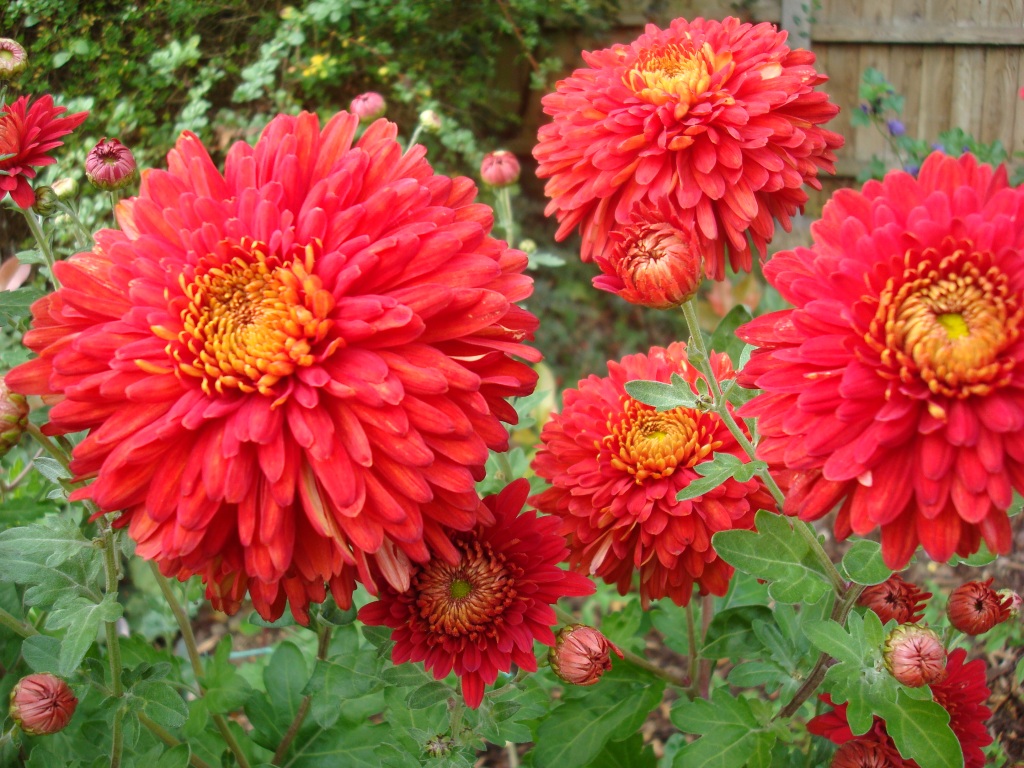The annual dilemma. To lift, or not to lift, that is the question!

Very often, at this time of year, social media gardening forums are full of questions about overwintering dahlia tubers. I love dahlias and have grown them for many years. They are great value for money, have almost unrivalled flower power, particularly if regularly deadheaded, and come in every different size, shape, style and colour, including their foliage. BUT, what is the best way to keep the tubers from turning to mush over winter? Leave them in the ground and hope? Leave them in the ground, mulch them and hope? Lift them and wash them, don’t wash them, dry them upside down in a warm room, a greenhouse, a shed. Or just pot them up and keep them in the shed or garage? I have tried them all and can honestly say that I don’t know a sure-fire way of getting them through the winter with 100% success. It depends on many factors!

So, I am trying something new! This week, I have dug mine up, washed most of the soil off (they were wet anyway!), dried them upside down for a few days on the greenhouse staging covered over with fleece, and then placed them in big pots filled with Strulch mineralised straw. It is recommended to use vermiculite, newspaper or compost, but as I had an open bag of Strulch which is dry and inert I think it should do the job well. The pots are now in the shed under two layers of fleece which should keep them dry and frost free. It may or may not work, but it is no better or worse than other methods I have tried!

This Green Woodpecker is a regular visitor, mainly due to the number of resident ants in our lawn. He was there for over an hour on Thursday, poking his long beak into the grass and sucking up his sparse meal. How such a large and beautiful bird survives on a diet of ants I don’t know.

Side shoots doing well on the Sweet Peas. Growth will slow down dramatically now that the colder temperatures have arrived. They will just sit there and ride out the winter without any further attention.

The messy greenhouse is now full, mostly of Tradescantia hybrid seedlings I am hoping will produce interesting, and potentially new cultivars in the coming years. They are totally hardy but don’t like to get too wet so they will avoid the worst of the weather in the cold greenhouse.

Talking of unique and interesting cultivars, this is a Chrysanthemum rescued from my Grandad’s garden when he died in 1987. I have tried to find it’s name but to no avail. So, I offered it to a local nursery who kindly named it after my Grandad. Chrysanthemum ‘George Simons’ is now in their catalogue and is apparently very popular, just like he was!
It’s been too cold for any real gardening this week, just weeding, mulching and digging up dahlias! Stay warm and have a great weekend.
David





















